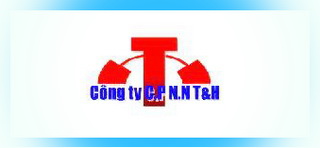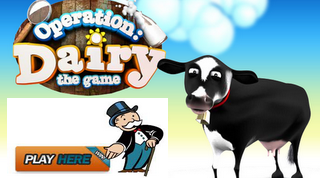News
Why More Dairy Farms Are Using Drones to Manage Feed Inventories
In the rapidly evolving world of agriculture, technology continues to play an indispensable role in boosting efficiency and accuracy. One such innovation making significant strides in this industry is drone technology. Derek Wawack, an on-farm specialist with Alltech, has been at the forefront of using drone technology to measure feed inventories, helping farmers streamline operations and optimize resources.
Technology and Feed Inventory Management
Wawack’s journey with Alltech spans nearly 15 years, focusing on forage management and feed quality. From the beginning, accurate feed inventory management has been essential. For the past eight years, Wawack and his team have employed drone technology coupled with cloud computing to accurately measure stored forages and feedstuffs.
“Prior to that, we were using scales, chopper numbers, estimating shrinkages, tape measures, wheel measurers, lasers, footsteps and spray paint — about everything to guess what was in forage piles,” he says.
Though various technologies like GIS, GPS, and satellite imagery were explored, drones emerged as the most successful tool for feed inventory management.
“Our drones have been the most successful,” Wawack says, noting they have been told by many customers how accurate they get to run-out dates year after year.
Drone-Assisted Measurement Process
Wawack explains the process as starting with an application to lay out a flight plan for the drone, ensuring specific parameters are set for optimal accuracy. The drone then autonomously flies the predetermined route, captures images and lands. These images are subsequently stitched together in a cloud application to create a comprehensive 3D map of the feed pad. By annotating pile locations and understanding floor dynamics, they calculate cubic volume, dry matter and density to determine tonnage. Measurements typically occur annually after silage season, but some farms opt for more frequent assessments, especially during challenging years.
“Sizes of farms don’t matter too much. As long as there is a bunker or pile of a feedstuff for us to measure, we are able to work with them,” he says. “The program can’t measure vertical silos or bags necessarily. With bags, though, we can measure the lengths and use the bag calculators to get a close tonnage if needed. The best and most accurate measurements are on drive-over piles, and both open- and closed-ended bunkers.”
Inventory Data in Dairy Farming
The data collected from drones serves various purposes on dairy farms. It aids in planning the necessary tonnage for feeding, assessing harvested tonnage and influencing decisions related to future harvests and crop planning.
“Each farm utilizes the information differently, but many use it to plan for tons needed or tons that can be fed for the year,” he says. “The farms and nutritionists seem to use this information the most for planning, but sometimes bankers and insurance companies like to see how much is there too.”
The Superiority of Drone Technology
Wawack advocates for the widespread adoption of drone technology for feed inventory management. Unlike traditional scales, which are susceptible to human error, drones account for the complex geometries and variations of feed piles, offering a precise measurement every time. This ability to accurately cater to the complexities of piled feed makes drones a preferred method over older techniques.
“By measuring all the feedstuffs at once in a pile, and multiple times throughout the feed out, it allows [the farmer] to better manage and understand shrinkage loses. Scales are great, but how often are trucks missed and calculations done wrong? Guessing on shrinkage once stored is a total guess and every year will be different,” he says.
As drone technology continues to evolve, it’s poised to transform how dairy farms manage their feed inventories, optimizing efficiency and productivity across the industry.





















